
Source: SmartCompany/Emma Bemrose
The last couple of weeks have been a blur. Like a little Aussie whirlwind, I whipped through some of the biggest tech hubs on the American west coast — Las Vegas, Seattle and San Francisco.
It was an odd time to be there. The streets of San Fran in particular seemed like the perfect metaphor for the current state of the tech sector. A city of stark contrasts, wealth and poverty live side-by-side.
Similarly, in the first quarter of 2023 the industry has been ablaze with AI. Major tech companies battle each other for chatbot supremacy in one press release while also announcing massive job cuts in the next.
And all of this has been against a backdrop of continued economic turmoil, crypto winter and a VC funding environment that’s become dryer than the day I spent hitchhiking out of the Mojave desert. But that’s a story for another time.
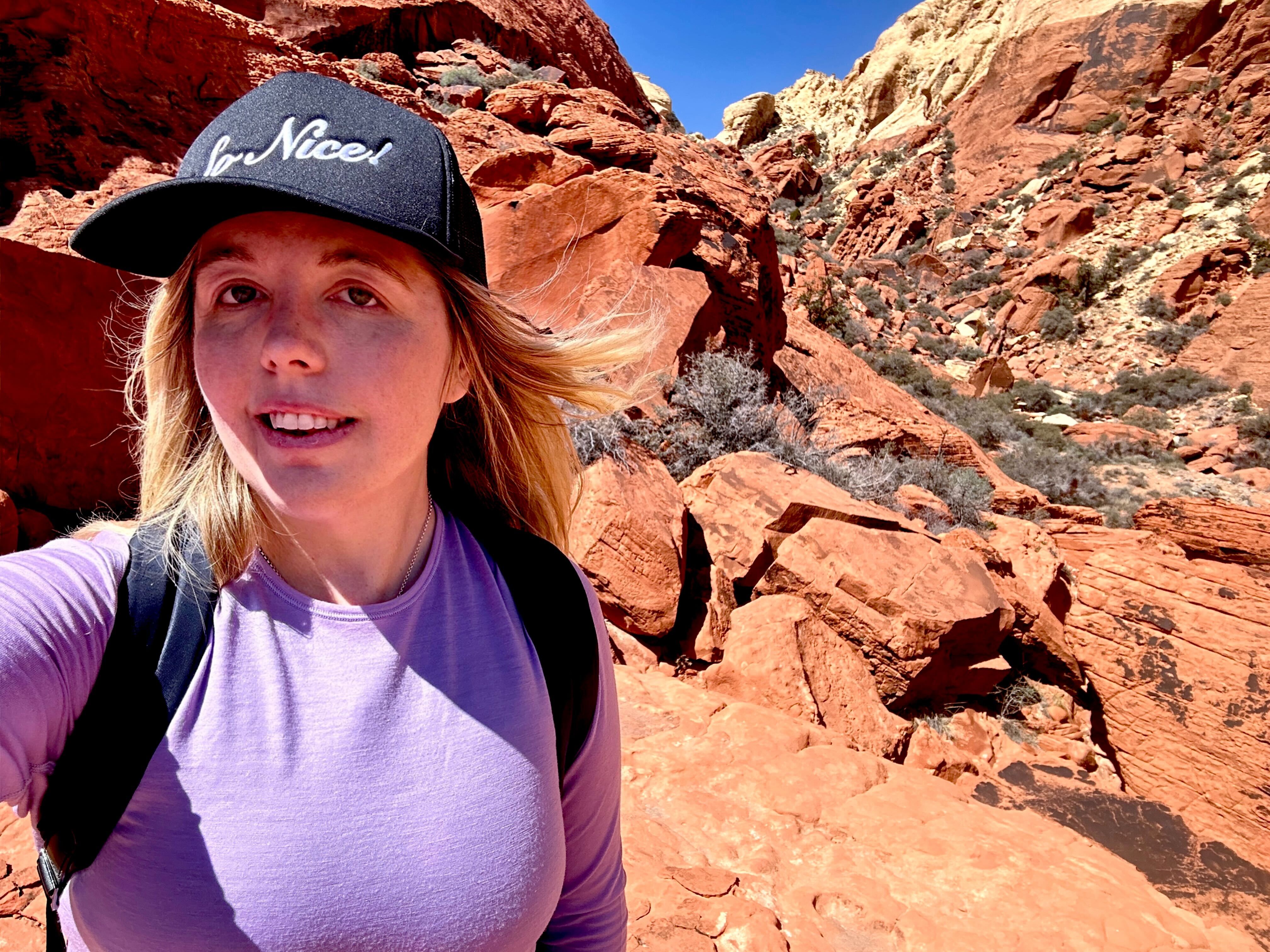
Don’t tell mum I hitchhiked out of here. Image: Tegan Jones
Things are looking grim for tech. And they certainly are for those who have been personally impacted by the market downturns, interest rate hikes, and layoffs.
The job losses in Australia hit particularly hard. We’re a small country with an even smaller industry. Many of us know someone who has lost their job over the last 3 – 6 months. I personally know dozens. Some have mortgages. Others are new parents. They don’t know what to do.
On the ground in the US, it felt a little different.
Viva Las VegAIs
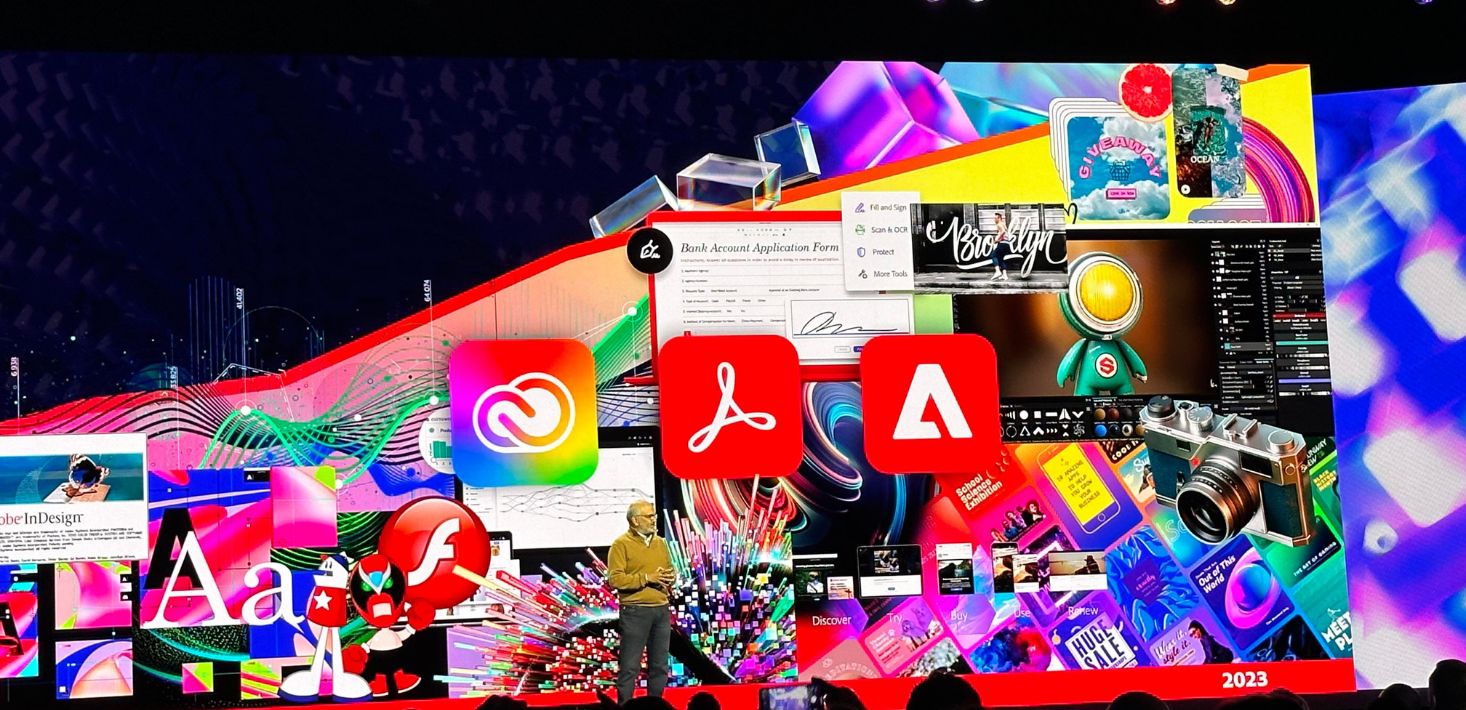
Source: Tegan Jones
My first stop was Las Vegas to attend Adobe’s annual Summit. It was its first year back since COVID-19 as an in-person event.
The entirety of The Venetian was transformed into the Church of Adobe. Most of the attendees were either employees or loyal customers.
Spirits were high. The promise of AI was even higher.
The announcement of Adobe Firefly — its generative AI that will be injected directly into its Experience Cloud — was the focal point for the majority of the conference.
And to Adobe’s credit, it actually addressed issues that some other big players have ignored — including AI bias and a commitment to protecting and paying artists.
The promise of AI for creatives and marketers alike kept the conference abuzz with positivity. There was also a through-current of competition, with Canva revealing its own AI-powered ‘magic’ tools in the same week.
The glitz and glamour of Sin City largely kept intrusive thoughts about ongoing sector problems at bay.
Only the whispers of the Silicon Valley Collapse and tech layoffs occasionally permeated the pockets of space between cigarette smoke and slot machines.
But there were rumours that more Microsoft cuts were going to take place the next week.
A grey day in the rainy city

Image: Tegan Jones
That turned out to be accurate.
I was now in Seattle. Several days had passed and my lungs and senses had been cleared by fresh mountain air.
The distractions and sunshine of Vegas had been replaced by an overcast US$60 Uber ride to Redmond — Microsoft’s main campus in Washington.
It had been a day of duality. I was tired. But aren’t we all at this point?
The tech giant had announced a new AI product, Security Copilot. The generative AI chatbot has been designed to help cyber professionals to handle security incidents faster.
But the launch just happened to fall on the same day that 559 workers were laid off from Microsoft’s Seattle-based campuses. And the kicker was that some were reportedly from its security operations divisions.

Image: Tegan Jones
To say that this is evidence that robots are taking our jobs is too simple an argument. In fact, Microsoft even told me that it was investing in other areas. We heard a similar story during the Atlassian layoffs a few weeks back.
But it’s hard not to draw a parallel when these significant things are happening in tech simultaneously. On the surface, it looks like an indistinguishable infinity symbol that’s gruesomely symbiotic.
Walking around the quiet, grey campus, it was difficult not to allow oneself to slip into a state of despair.
But despite what Seattle’s tempestuous weather may imply, it can’t rain all the time.
Perspectives by the Bay
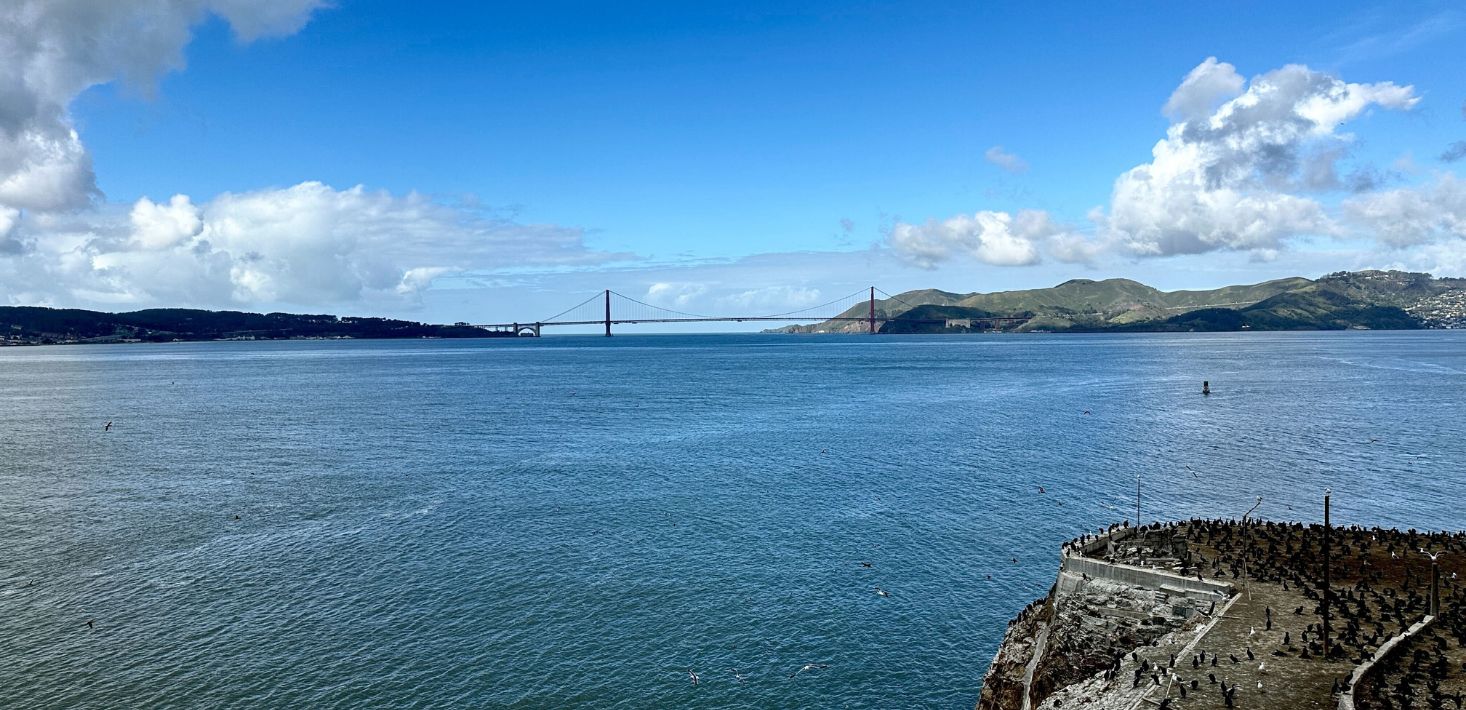
Image: Tegan Jones
That’s not to say that things aren’t a little stormy.
Every week or so I feel like I’m writing re-worded versions of the same story — “In 2023 alone there have been large workforce cuts at Amazon, PayPal, Alphabet, Google, Microsoft, and Yahoo.”
“Here in Australia, there’s been Atlassian, Xero, Mr Yum and more.”
Local startups like Co-lab that were full of promises and cash a just year ago are either collapsing or haemorrhaging staff.
Hell, look at the entire ‘instant grocery delivery’ sector. It went from 100 to almost zero in 2022, with Milkrun being the last app standing — and having its own issues as it hangs on.
But despite the bloodbath both at home and overseas, something about the Bay Area air offered some perspective.
Like I said earlier, San Fran is a city where it’s impossible to separate the tech bubble from the realities of the world — especially if you have a penchant for walking down into the Mission to get a truly spectacular burrito.
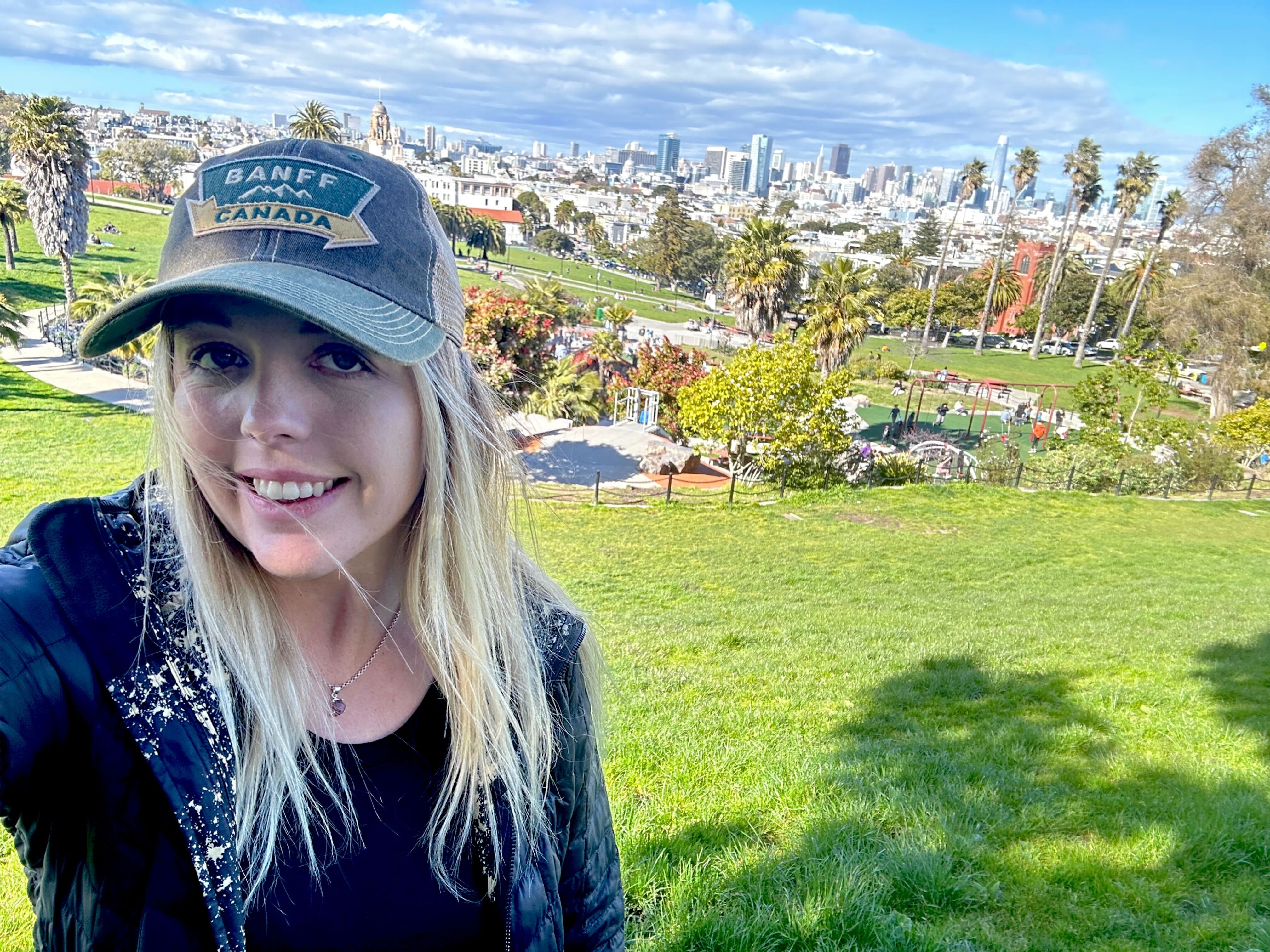
Image: Tegan Jones
Teslas silently speeding past the unhomed and displaced is the norm. Wealth and poverty simultaneously trickle into the earthquake-prone streets.
But so does hope.
I met with a number of people working for San Fran-based tech startups during my handful of days there. Despite living in the heartland of layoffs and the recent SVB collapse, they were pragmatic.
Sure, things are tough, scary even. There’s no denying that. But perspective matters.
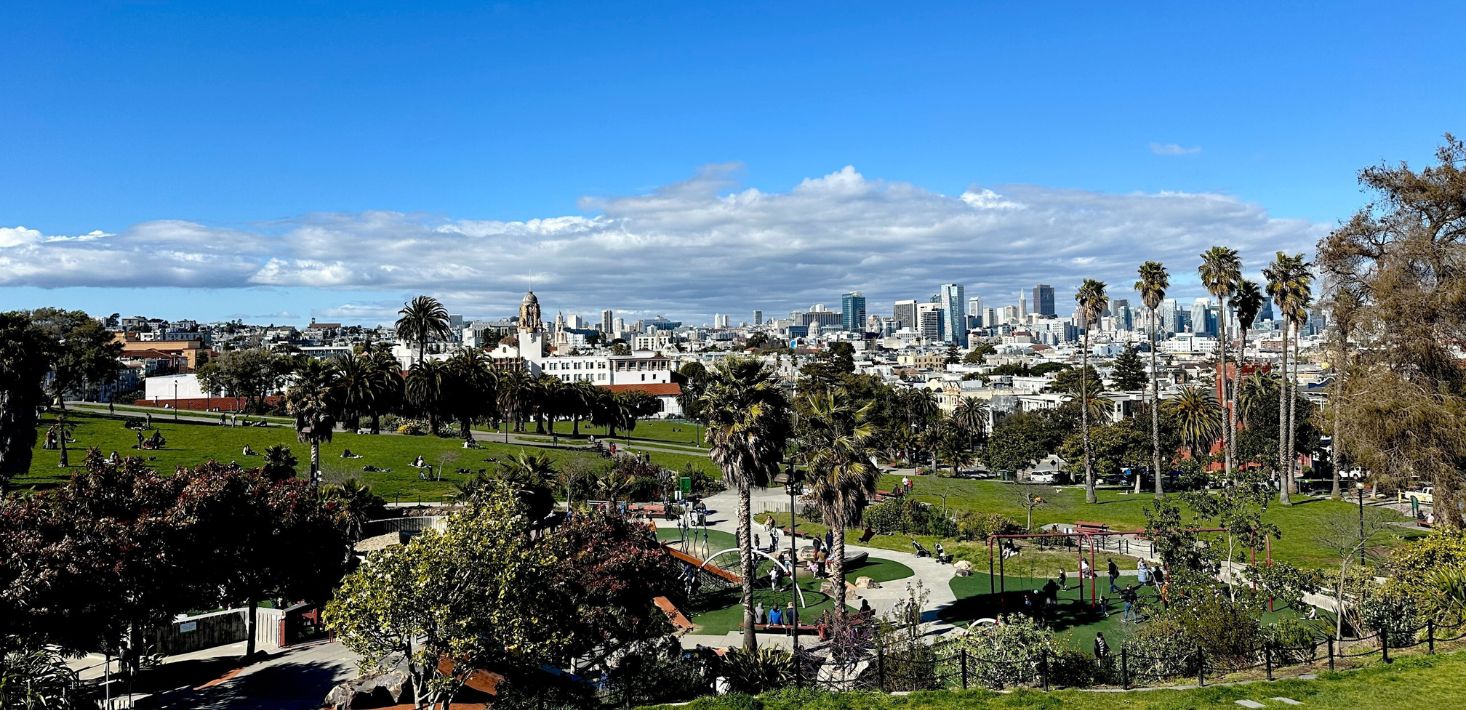
Image: Tegan Jones
In the funding space there was a 30% decline in overall investment in 2022 compared to the previous year. And Cut Through Venture’s first quarterly report of 2023 shows a further 20% decline compared to this time last year — and 50% compared to Q1 of 2021.
It’s grim, but there is some light to be found over the Golden Gate and Sydney Harbour Bridges.
In 2022 Australia did fare better compared to some other global markets in the investment space. It’s also worth remembering that 2021 was somewhat of a unicorn itself.
A year of ‘mega deals’, it saw 75 investments over $50 million. The top 10 deals of the year all received over $100 million, including SimPRO’s $487 million raise, Rokt’s $458 million and Judo Bank’s $124 million. Even Canva clocked a $273 million raise.
On the layoffs front, it’s worth keeping in mind the pre-pandemic boom.
According to CompTIA reports from the US Bureau of Labor Statistics, there was an uptick of 1.3 million workers in the tech sector in the 5 years preceding the pandemic.
And while there were certainly job losses during COVID-19, a second hiring spree occurred when demand for electronics (especially due to a rise in remote workers) grew exponentially.
Profits were up. And so were head counts.
That was until the interest rate hikes began in March 2022 to try and combat inflation. The demand for electronics and other tech-sector products also began to plateau.
And so now we’re seeing cuts. Big ones. But in some cases — especially when it comes to big companies like Amazon, Meta and Microsoft — their workforces are still larger than what they were pre-COVID.
There is also some data to suggest that laid-off workers are being absorbed back into tech roles — often in mid to small-sized tech companies. At least in the US.
Of course, that’s not to say things won’t get worse. And Australia has a much smaller pool when it comes to job opportunities. And the impact on people has been very real.
But we’re also a resilient bunch.
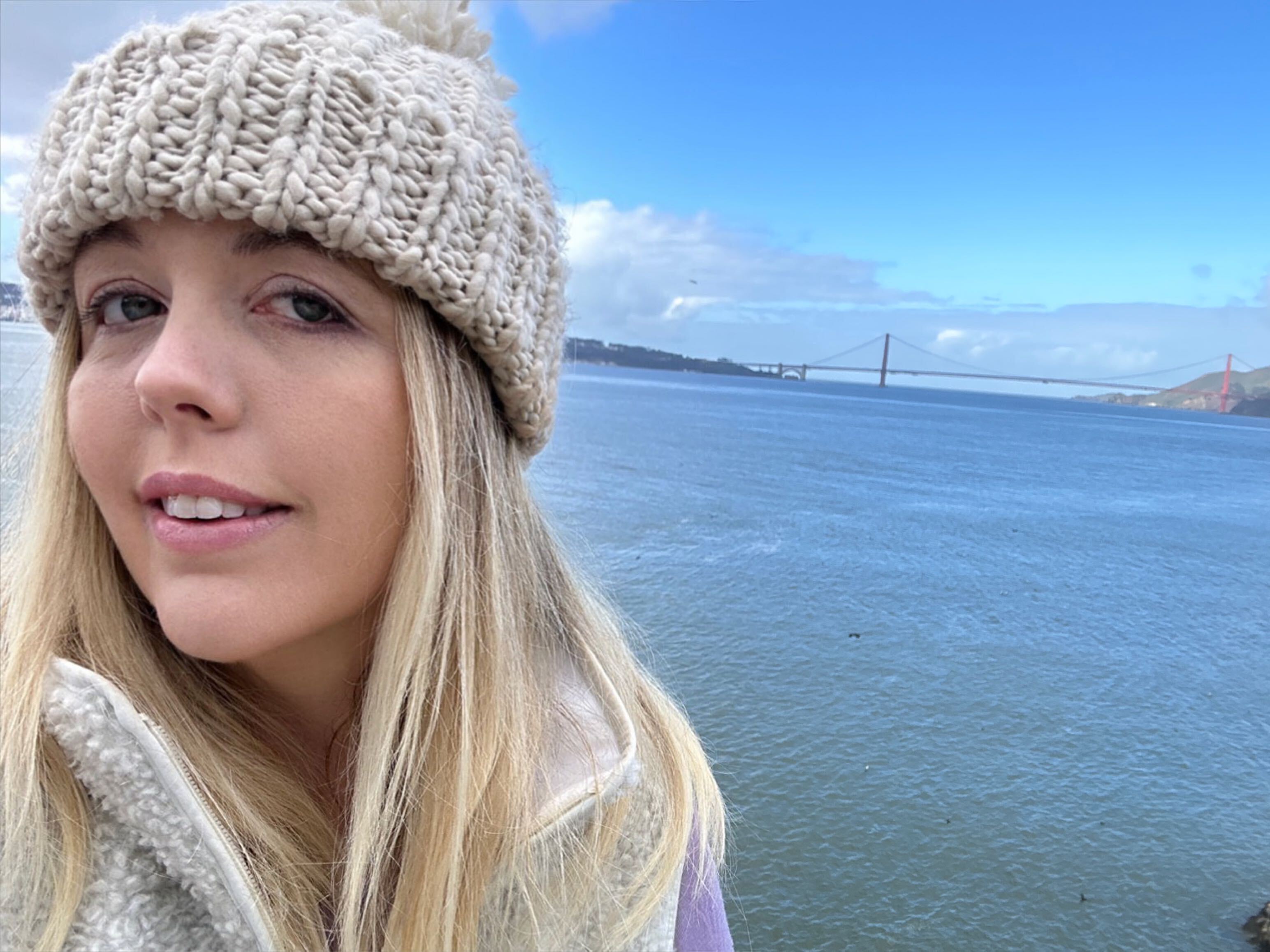
Image: Tegan Jones
It was during one of my last San Francisco coffees that I was reminded about the state of Australian startups raises pre-2021. And how that can be so easily forgotten.
There’s a reason so many Aussie businesses ran to the States — there was always more money and opportunities.
But that’s been slowly changing over the years. Homegrown is more valued than ever in a “post-pandemic world”. And you don’t even need to be located in Sydney or Melbourne to get funding. Regional and rural tech businesses are on the rise.
A surprising takeaway from my time spent Stateside was how being Australian became part of my personality. People heard the accent and loved to have a chat — whether it was on the conference floor, at a bar, or while chasing down sources.
It became a point of pride and perhaps there’s a lesson in that.
Yes, the short to medium future is uncertain. But pressure also has the tendency to create diamonds.
Australians are acutely accustomed to creating more with less of everything — money, resources, people, and global recognition.
We’re living in a time where our little tech sector is innovating more than ever despite so many barriers to entry. These things haven’t stopped us before, and they shouldn’t now.
Handpicked for you
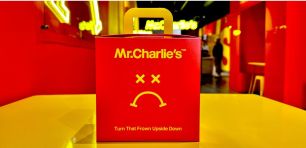
Inside Mr. Charlie’s, the vegan McDonald’s that wants to redefine fast food
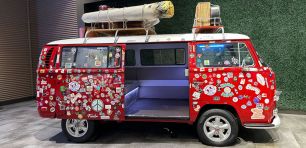


COMMENTS
SmartCompany is committed to hosting lively discussions. Help us keep the conversation useful, interesting and welcoming. We aim to publish comments quickly in the interest of promoting robust conversation, but we’re a small team and we deploy filters to protect against legal risk. Occasionally your comment may be held up while it is being reviewed, but we’re working as fast as we can to keep the conversation rolling.
The SmartCompany comment section is members-only content. Please subscribe to leave a comment.
The SmartCompany comment section is members-only content. Please login to leave a comment.